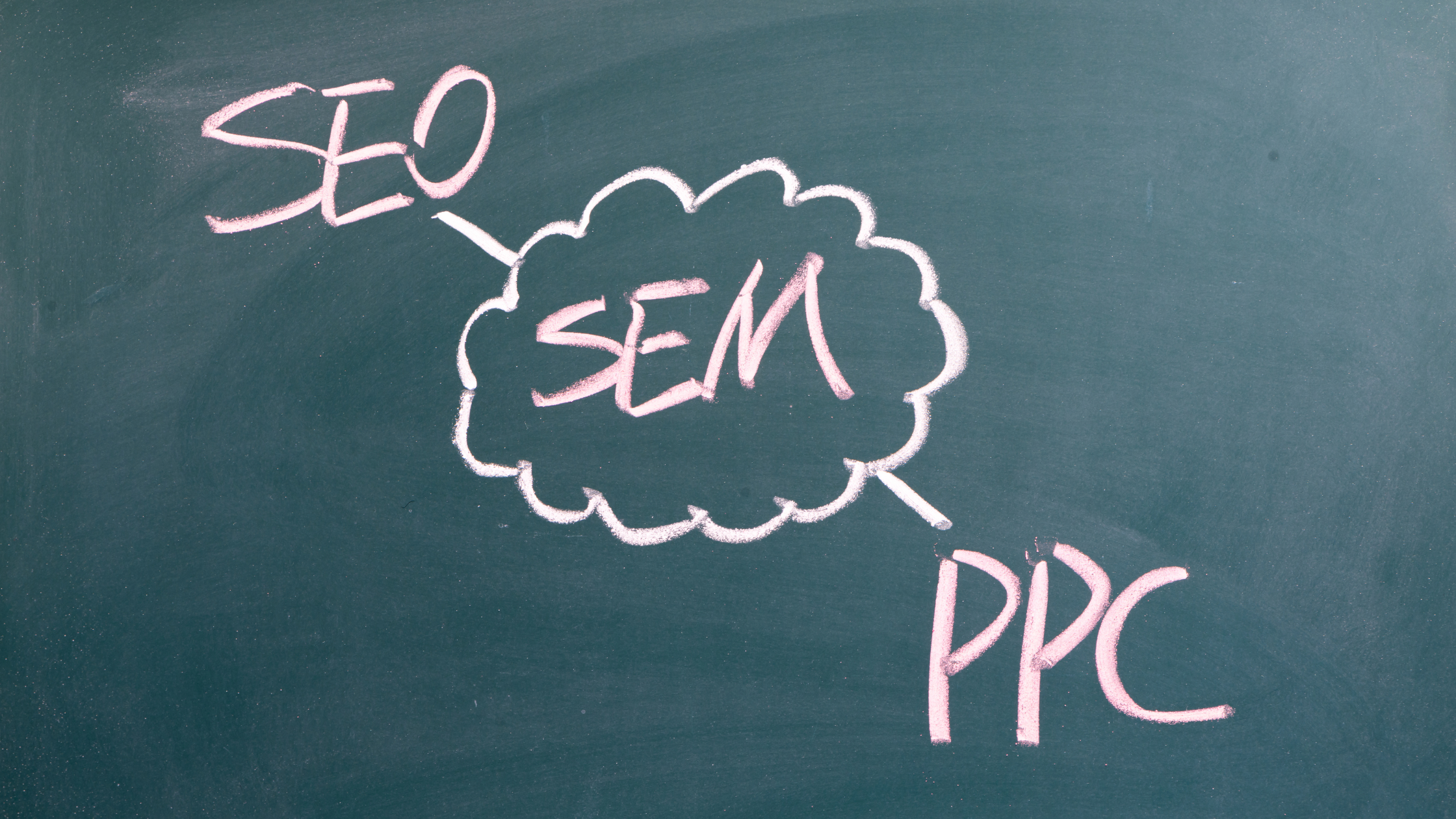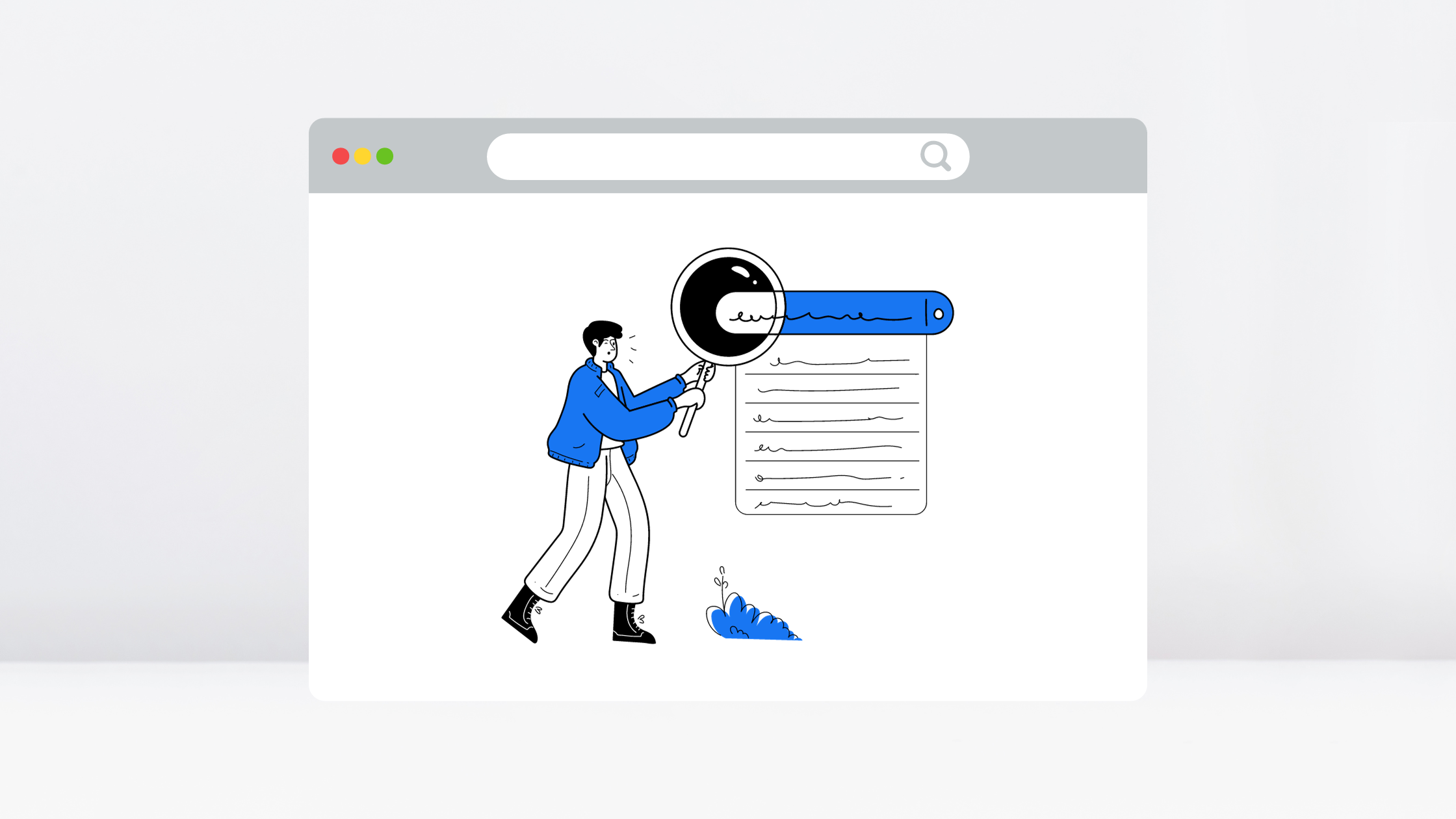Google Expanding In-market Audience Targeting to Search
Marketers will be able to target users based on purchase intent signals in Search campaigns in multiple categories.
That perfectly tailored message delivered to a consumer at the moment of their readiness to purchase is the mission of every online advertiser. With the release of in-market audiences to beta several years ago, Google has claimed it can get advertisers closer than ever to that goal and announced May 23 that In-market audiences, currently only available for Display Network and YouTube campaigns, will be coming to Search campaigns in the near future.

Not entirely sure what In-market audiences are? Or not entirely clear how they function to advance your goals for PPC campaigns?
How In-Market Audience Targeting Works
First introduced in 2013 under the name In-market buyers, the targeting aims at reaching consumers who are preparing to make a purchase.
Google says that they can distinguish interest from purchaser’s intent by using real-time data to categorize a potential customer with intent to buy. Google factors in the following metrics to classify users, targeting those most interested in the advertiser’s offering:
- the content of browsed sites
- the proximity and frequency of visits
- account clicks on related ads
- subsequent conversions.
For example, if you’re a car dealership, you can increase your reach among users who have already searched for “SUVs with best gas mileage” and “spacious SUVs.”
In-Market Audience Targeting: Setup & Best Practices
There are currently more than a dozen In-market audiences available in AdWords to target users looking to buy. You can initially find and set them up in your Display targeting under “Interests”:

Once you’ve added the appropriate categories, you can try implementing some of Google’s preliminary best practices:
- Avoid using targeting methods with In-market audiences in the same ad group/campaign
- Advertisers focused on direct response should use CPA bidding to monitor ROI
- CPC bidding may be used, but CPM bidding with In-market audiences is discouraged.
Do In-Market Audiences Really Work?
Prior to this rollout in Search, general trends have pointed more to increased traffic than to a conclusive increase in conversion volume. Even Google has suggested that the real impact on conversions comes when using In-market segments in conjunction with remarketing. Advertisers have been able to layer the In-market on top of their remarketing lists to increase reach while maintaining relevancy.
Moving forward in the coming year, the addition of these targeting options marks Google’s shift to utilizing search history for targeting within Search campaigns. Although it does so in an anonymized manner, the company has consistently resisted incorporating private data in the past. However, with the rise of Facebook, advertiser expectations of targeting capabilities have also shifted.
While it’s unclear when the rollout will occur, it took roughly a year for similar audiences to roll out for Search and Shopping after Google first announced it at last year’s live-streamed event. For further questions about Adwords, In-market targeting, or your professional project needs, contact RLC Media here.
/http://www.rlcmedia.com





